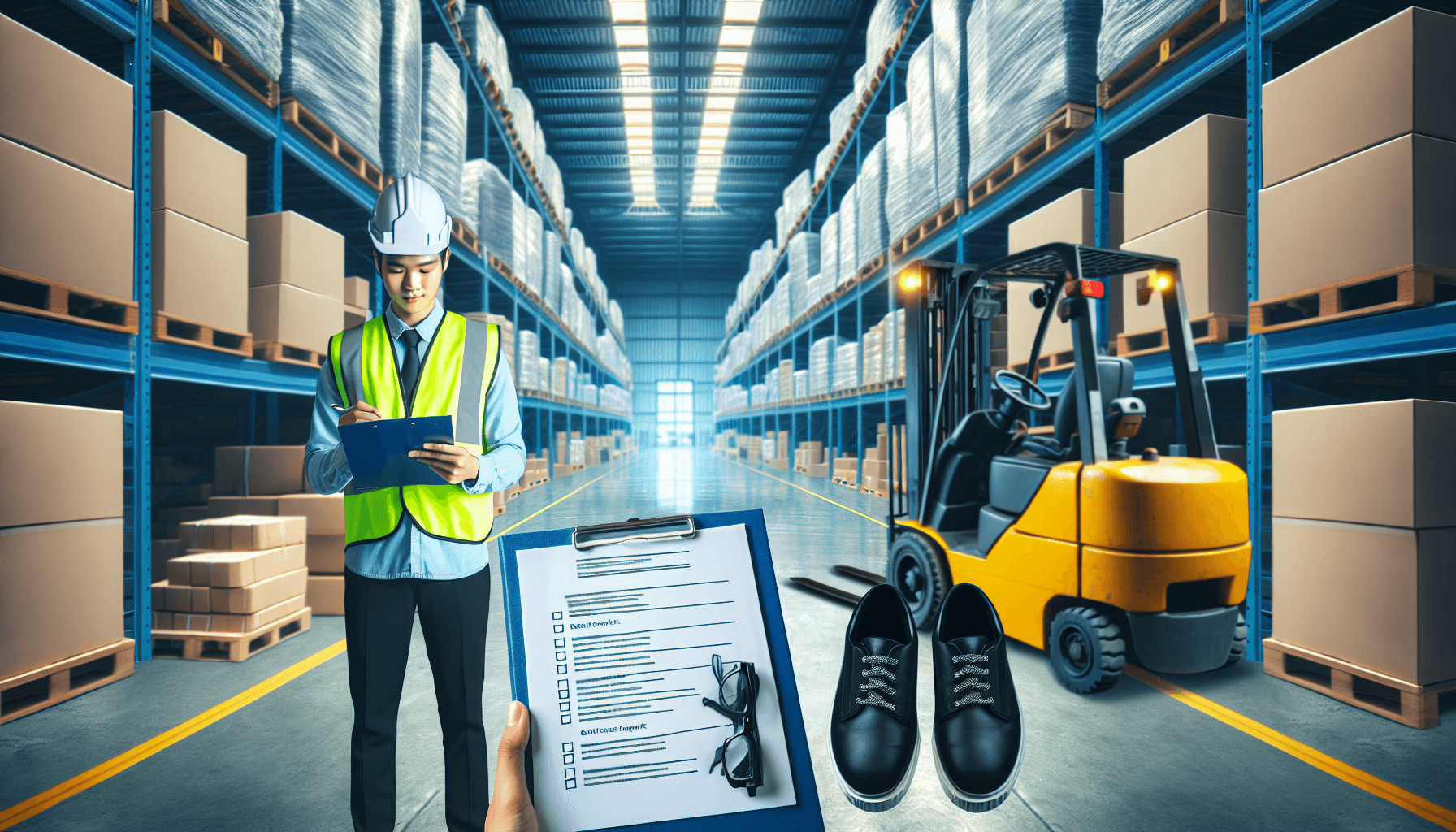Some warehouses feel safe. Others feel like accidents waiting to happen. The difference isn’t luck—it’s attention. Not just the kind that shows up after something goes wrong, but the kind that checks in regularly, asks hard questions, and follows through.
That’s what a warehouse safety audit is supposed to be. Not a formality. Not a fire drill. A real moment to assess where things stand, where they’re slipping, and what you’re going to do about it before the worst-case scenario walks through the front door.
What Are You Actually Looking For?
Forget the checklist for a second. Ask yourself: If someone new walked in today, what would they notice first? A blocked exit? A dim light in a tight corner? A cracked ladder tucked behind the packing station? Sometimes we stop seeing the hazards because they’ve been there so long they feel normal.
That’s where audits help. They break the routine. They force us to pause and look at the warehouse as if we’ve never seen it before.
What the Best Audits Uncover
It’s rarely just one thing. It’s layers. A near-miss here. A shortcut there. An expired extinguisher in one aisle, and a missing floor sign in another. No single issue takes the whole operation down—but the combination? That’s the danger.
Audits surface the friction: where rules aren’t followed, where training didn’t stick, where assumptions are made about who’s responsible for what. The trick is not to see these findings as failures. They’re feedback. Use them.
What Happens After the Audit Matters Most
A dusty report in a drawer doesn’t protect anyone. You’ve got to act. Fix what’s broken. Replace what’s outdated. Retrain the team, not just on what to do—but on why it matters.
And don’t hide the findings. Share them. Be transparent. Let your team see what was uncovered and how it’s being addressed. It builds trust. It gets buy-in. It turns safety from a policy into a culture.
The Follow-Through That Sets You Apart
Great warehouses don’t just audit once a year and call it good. They check in often. They review near-misses. They listen to feedback from the floor and stay curious. They track what’s improving and what’s slipping again.
And when something does go wrong? They don’t scramble. They already have a process. They’ve practiced it. And everyone knows what to do.
This Isn’t Just About Compliance
Yes, audits help you stay on the right side of regulations. But that’s the floor—not the ceiling. A safe warehouse runs smoother. Employees take more pride in their work. Downtime drops. Turnover falls. Customers get what they ordered, when they expected it.
And maybe most important of all—people go home at the end of their shift in the same shape they arrived.

